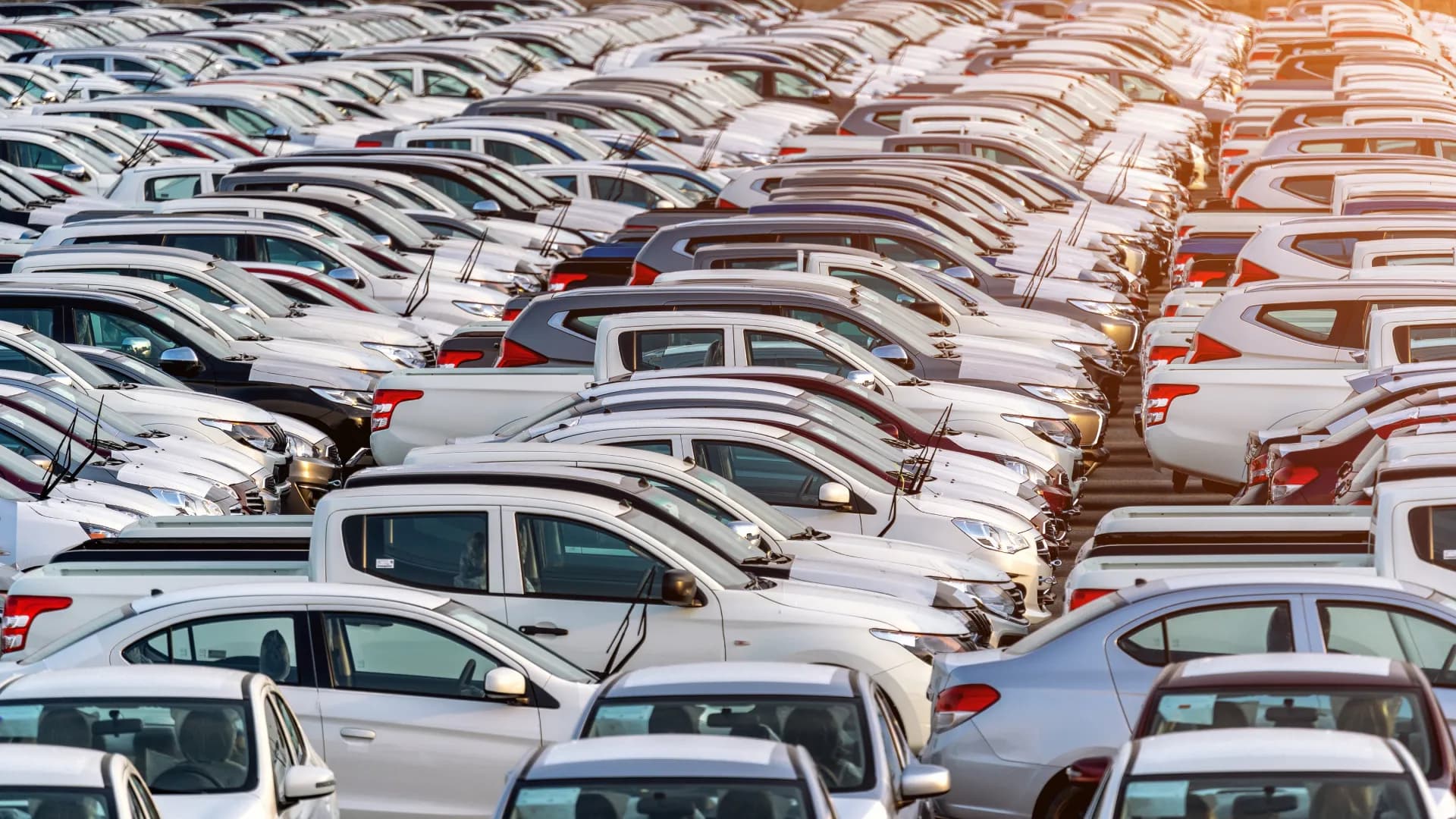We're loading the full news article for you. This includes the article content, images, author information, and related articles.
A significant drop in borrowing costs and a rebound in key economic sectors have fueled a major recovery in Kenya's new vehicle market, with sales hitting a six-year high and signaling renewed business confidence.

Kenya's new vehicle market has experienced a robust recovery in the first nine months of 2025, with sales jumping by approximately 24% compared to the same period in 2024. According to data released by the Kenya Motor Industry Association (KMIA), dealers sold between 9,924 and 10,101 units from January to September 2025, a significant increase from the 7,967 to 8,165 units sold during the corresponding period last year. This resurgence brings the market back to pre-pandemic levels, nearly matching the 9,940 units sold in the first three quarters of 2019.
The growth has been overwhelmingly driven by the commercial vehicle segment, indicating a strong rebound in business activity across crucial sectors of the economy. Sales of trucks surged by over 43% to nearly 4,113 units, reflecting heightened activity in the transport, logistics, and construction industries. The public transport sector also saw significant fleet renewal, with sales of small buses (9-20 seats) rising by an impressive 75% to 860 units, and medium buses (21-40 seats) increasing by about 27% to 887 units. This uptick in commercial vehicle purchases is a key indicator of renewed investment and expansion by Kenyan businesses.
The turnaround in the automotive market is attributed to a confluence of positive economic factors that materialized in 2025. A key driver has been the significant reduction in the cost of credit. The Central Bank of Kenya (CBK) has played a pivotal role by progressively cutting its benchmark lending rate from 13% in mid-2024 to the current 9.25%. This monetary easing has translated into lower average lending rates from commercial banks, which fell to 15.17% in August 2025 from a peak of 17.22% in November 2024, making vehicle financing more accessible for both businesses and individuals.
Furthermore, a stabilized Kenyan shilling, holding steady around KES 129-130 per US dollar, and cooling inflation have restored confidence and predictability for importers and consumers alike. This stability contrasts sharply with the volatility, currency turmoil, and high taxation that suppressed demand in previous years. The broader economy has shown resilience, with the Kenya National Bureau of Statistics (KNBS) reporting a GDP expansion of 5% in the second quarter of 2025, up from 4.6% in the same period of 2024, supported by strong performance in the transport, agriculture, and financial sectors.
Two dealers continue to dominate the market, accounting for approximately 80% of total sales. Isuzu East Africa maintained its lead, selling around 4,670 vehicles, a 27% increase from the previous year. CFAO Mobility Kenya, which represents brands like Toyota and Mercedes following a 2023 merger, saw its sales grow by 21% to 3,268 units. Both companies benefit from local assembly operations, which are favored by lower import duties compared to fully built-up units.
The strong performance in 2025 marks a significant reversal from the downturn experienced in 2024, when sales dropped due to high interest rates, reduced government spending, and challenging economic conditions. Looking ahead, the industry's recovery appears sustainable, supported by government incentives to promote local assembly and a positive economic outlook. With continued economic stability and access to affordable credit, the Kenyan automotive sector is poised for continued growth, reflecting a broader recovery and renewed optimism in the nation's economy.
Keep the conversation in one place—threads here stay linked to the story and in the forums.
Other hot threads
E-sports and Gaming Community in Kenya
Active 7 months ago
Popular Recreational Activities Across Counties
Active 7 months ago
The Role of Technology in Modern Agriculture (AgriTech)
Active 7 months ago
Investing in Youth Sports Development Programs
Active 7 months ago